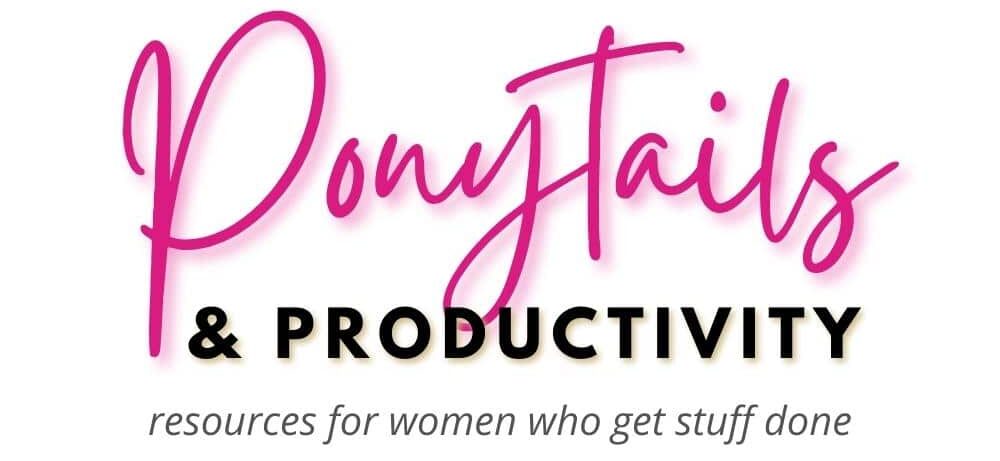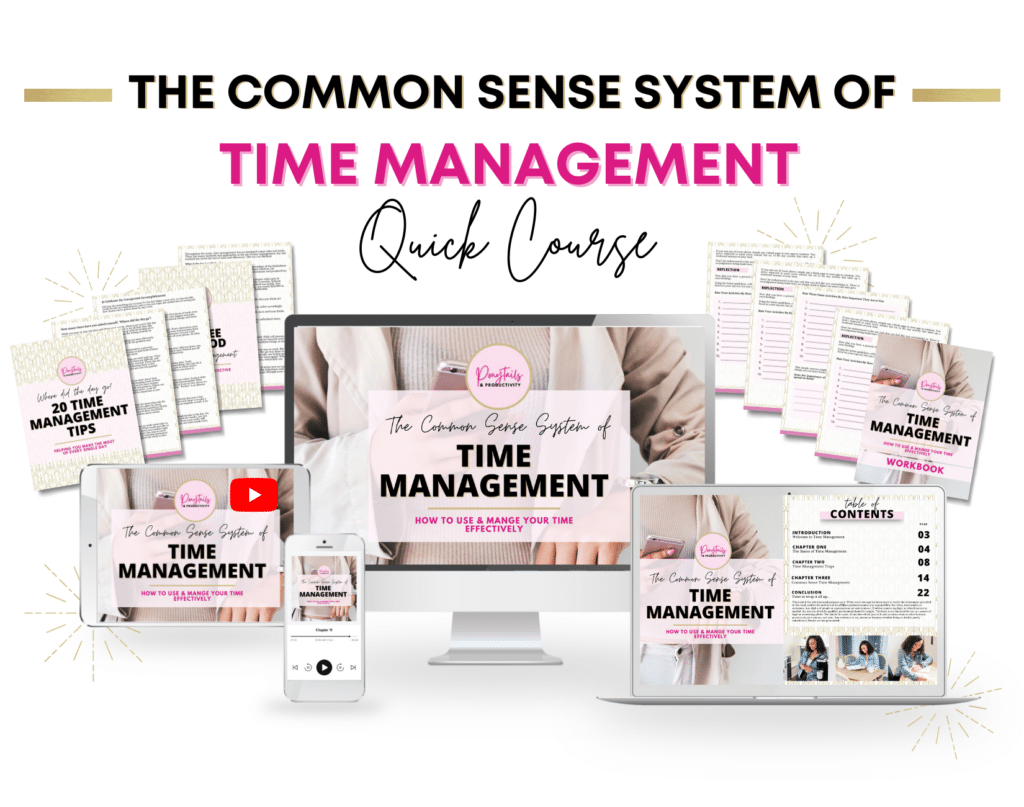Benefits of the Pomodoro Technique For Creative Entrepreneurs
Do you feel like you never have enough time in the day?
Are you always scrambling to get things done, and never seem to finish what you start?
If so, the Pomodoro Technique may be just what you need.
This time management technique can help you get more done in less time, and it’s been shown to be very effective.
In this blog post, we will discuss the benefits of the Pomodoro Technique and how you can start using it today!
A New Time Management Strategy
I’m going to make a confession: I am TERRIBLE at managing my time.
I get distracted easily and stay distracted for way too long.
I’m constantly checking my phone, procrastinating starting work, and over-reward myself when I accomplish the smallest thing.
I can spend loooong hours working, only to have nothing to show for it at the end.
I’m hopelessly unstructured.
Or at least, I used to be. Then I discovered the Pomodoro technique.
[cboxarea id=”cbox-vmcPlCRRrzPdHuRr”]
Benefits of the Pomodoro Technique
The Pomodoro Technique is a time-management and productivity technique created by developer Francesco Cirillo in the 80s and it’s wildly popular still today.
In fact, far from being outdated, I’d say the Pomodoro Technique is more essential now than ever.
Smartphones and social media may have revolutionized the way we do business and stay connected, but they’re also a work-at-home creatives greatest nemesis at times.
Named Pomodoro after the tomato-shaped kitchen timer Cirillo used (pomodoro is the Italian word for tomato), the system is delightfully low-tech and requires almost nothing in the way of supplies.
You can even use this YouTube video without having to buy a timer!
The 6 Steps to the Pomodoro Technique:
- Decide the task to be worked on
- Set a timer (Cirillo used a kitchen timer but you can use your phone or whatever you want) to 25 minutes
- Work on the task at hand, without interruption, until the timer goes off (this unit of time is called a Pomodoro)
- When the timer rings, make a checkmark on a piece of paper
- If you have fewer than four checkmarks, take a 3-5 minute break
- After every four checkmarks, take a long break of about 15-30 minutes, then reset your checks and start a new pomodoro.
It seems deceptively simple, but this technique is a powerhouse for multiple reasons:
- A pomodoro is indivisible – you can’t pause it or break it into parts. This forces you to stay on task and resist distractions.

Cirillo recommends dealing with interruptions using the inform – negotiate – schedule – call back scale. Although that sounds overly structured, it’s as simple as, I’m in the middle of something right, now, can I get back to you in 25 minutes (or however long) and then doing it. This takes less than a minute, and keeps you on task.
The real beauty of the technique is in the timing.
I’m sure Cirillo originally chose 25 minutes because that was the maximum length of time on those tomato kitchen timers. But it’s truly an ideal length of time. 25 minutes is enough to really delve into a task and focus on it – but not so much time that you get bored or burnt out and your focus starts to slip.
Four pomodoros with a five minute break in between is exactly two hours.
While a lunch break every two hours seems excessive to those of us used to a 9-5 lifestyle, in between those breaks are short bursts of intense, focused productivity, and the frequency and duration of breaks keeps you refreshed, creative and ready to focus during the pomodoros.
The pomodoro technique comes with long-term benefits over time as well.
Once you get used to working in pomodoros, you gain a better understanding of how much time a task will actually take when you work without procrastination and distraction. This leads to more efficient scheduling of tasks, and ultimately more efficient scheduling for your whole day.
It’s also a great way to build discipline.
When you know your next break is never more than 25 minutes away, it’s a lot easier to put off those distractions.
Facebook notification? Text message? Email ding?

Everything except for immediate emergencies can handle being pushed back for another 25 minutes.
And when your breaks are only short periods of time, you get much better at defending your time and prioritizing where you really want to spend it at all.
If you are loving this technique, be sure to check out this Pomodoro Planner that will help you keep track and utilize the technique even better!
Benefits for Your Life (Not Just Work!)
I’d be doing you a disservice if I didn’t point out that you can use the Pomodoro Technique in many areas of your life, not just work.
The popular book Unf*ck Your Habitat (UFYH) uses a variation of the technique to help you tackle seemingly unmanageable housekeeping chores popularized by its supportive but no-nonsense approach to getting and keeping your home neat, the backbone of UFYH is the 20/10, where you spend 20 minutes cleaning followed by a 10 minute break, and repeat.
Ultimately, it’s about taking a giant and breaking it down into small parts. You already know I’m a huge fan of that approach. 😉
How to Maximize Your Breaks
For me, the Pomodoro technique works best when I’m super strict about my pomodoros.
This means that even the little things like heating up my coffee or running to the bathroom have to wait until the next break.
It’s not as oppressive as it seems – my first day using the pomodoro system I was actually surprised by how much I could fit into five minutes. Not only did I pee and make a fresh coffee, I also threw a load of laundry in the wash, ate an apple while I cleared off a kitchen counter and was back at my desk when the break timer went off.
If you’re worried about five minutes not being enough of a break, let me challenge you right now to set a timer for five minutes and see how much you can get done. Maybe it helps that I have a small house!
Short breaks are perfect for grabbing a drink or a bite to eat, taking a quick walk around the house, stretching, and looking back over what you’ve gotten done so far to regroup.
Use your long breaks to get away from work altogether and do something entirely different – you could fold a load of laundry, do the dishes or knock out a quick workout or take the dog for a walk.
Regardless of how you choose to spend your breaks, always take the chance to get out of your chair -studies show that sitting all day every day is heading to a host of health problems in the western world, and Cirillo himself recommends using both your short and long breaks to get in some physical activity.
Can the Pomodoro Technique work for Creative Entrepreneurs?
If I haven’t made it clear yet, I’m super passionate about this system.
All it took was a timer, a pen, and a scrap of paper (for me it was a sticky note), and my first day trying out the pomodoro technique was the most productive I had been in years.
Literally.
Whether you’re a blogger, a freelancer, a developer, student, writer, creative professional or not, I do truly think the pomodoro technique can work for you and change the way you approach your work day.
As long as you’re willing to commit to your pomodoros – no distractions or interruptions or daydreaming – I think you’ll be surprised at how much you can accomplish in 25 minute bursts.
Benefits of the Pomodoro Technique For Creative Entrepreneurs
The Pomodoro Technique is based on the idea that if you break down your work into smaller chunks, you will be more productive overall. Give it a try and see if it improves your productivity!
Looking for some more productivity tips?
Check out our best posts:
- The Productivity Tools I Use Daily
- A Productive Morning Routine to Help You Start Your Day Right
- 7 Overlooked Productivity Hacks for Working From Home
- Journal Prompts to Find Your Purpose
our quick course on time management!
Pin it on Pinterest:












